Farmers continue to search for better ways to manage risk of an outbreak of deoxynivalenol (DON) in future corn crops. One of the areas of most interest is figuring out […] Read more
Tag Archives vomitoxin
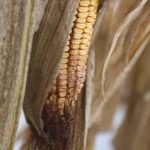
Corn hybrid testing for DON needs industry support
There is currently no screening program for susceptibility to DON for corn in Ontario

How the new DON testing cost-share program works
Funds will share half of the cost of DON testing or equipment purchase so farmers can know what they have in their bins
With vomitoxin (DON) levels prevalent in this year’s corn crop, the Ontario Soil and Crop Improvement Association (OSCIA) says a new DON testing cost-sharing initiative will help producers strategically market […] Read more
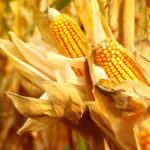
Deep discount questions
Ontario farmers took deeper discounts on moldy corn than farmers elsewhere in 2018. The question is, why?
Ontario corn farmers faced deep discounts on corn infected by deoxynivalenol (DON) in 2018, exposing their vulnerability in a market dominated by domestic users. While farmers in this province usually […] Read more
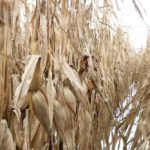
How Ontario’s new DON testing cost-share program works
With vomitoxin (DON) levels so prevalent in this year’s corn crop, the Ontario Soil and Crop Improvement Association (OSCIA) says a new DON testing cost-sharing initiative will help producers strategically […] Read more
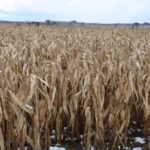
Editorial: Corn mould levels unearth knowledge and testing gaps
Just when you have a system that flows effectively across large volumes of a commodity, nature throws you a serious knuckleball. That’s the case this harvest season with corn, a […] Read more
Toxin in U.S. corn harvest poses latest headache for farmers
Chicago | Reuters – North American farmers are finding increased levels of a plant toxin known as vomitoxin in this year’s corn harvest, adding insult to injury for growers already […] Read more
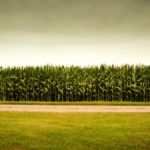
Corn mycotoxin levels high this harvest season
The provincial agriculture department advises special care to limit the effects of various toxins and moulds in feed
It’s a corn crop mycotoxin year. The annual survey conducted by OMAFRA field crop staff in collaboration with the Grain Farmers of Ontario and the Ontario Agri-Business Association has found […] Read more
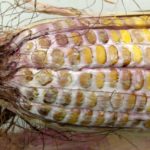
Plan to assess corn fields for ear rot and mycotoxin risk
Moulds can be disruptive when fed to livestock, especially hogs
The Ontario Ministry of Agriculture, Food and Rural Affairs has begun sampling grower corn fields to determine ear mould incidence and occurrence of mycotoxins in the grain. The mycotoxins, particularly […] Read more

Feed barley marches ‘lockstep’ with U.S. corn
CNS Canada — Western Canada’s feed barley market continues to trade above the key $200 per tonne mark, taking strength from consistent demand and a lower-sized crop in 2017. “The […] Read more

Prairie feed wheat, barley at seasonal highs
CNS Canada –– Feed barley and feed wheat appear to be settling into some seasonal highs, according to a market-watcher in Alberta. “Whether it goes up much more remains to […] Read more
